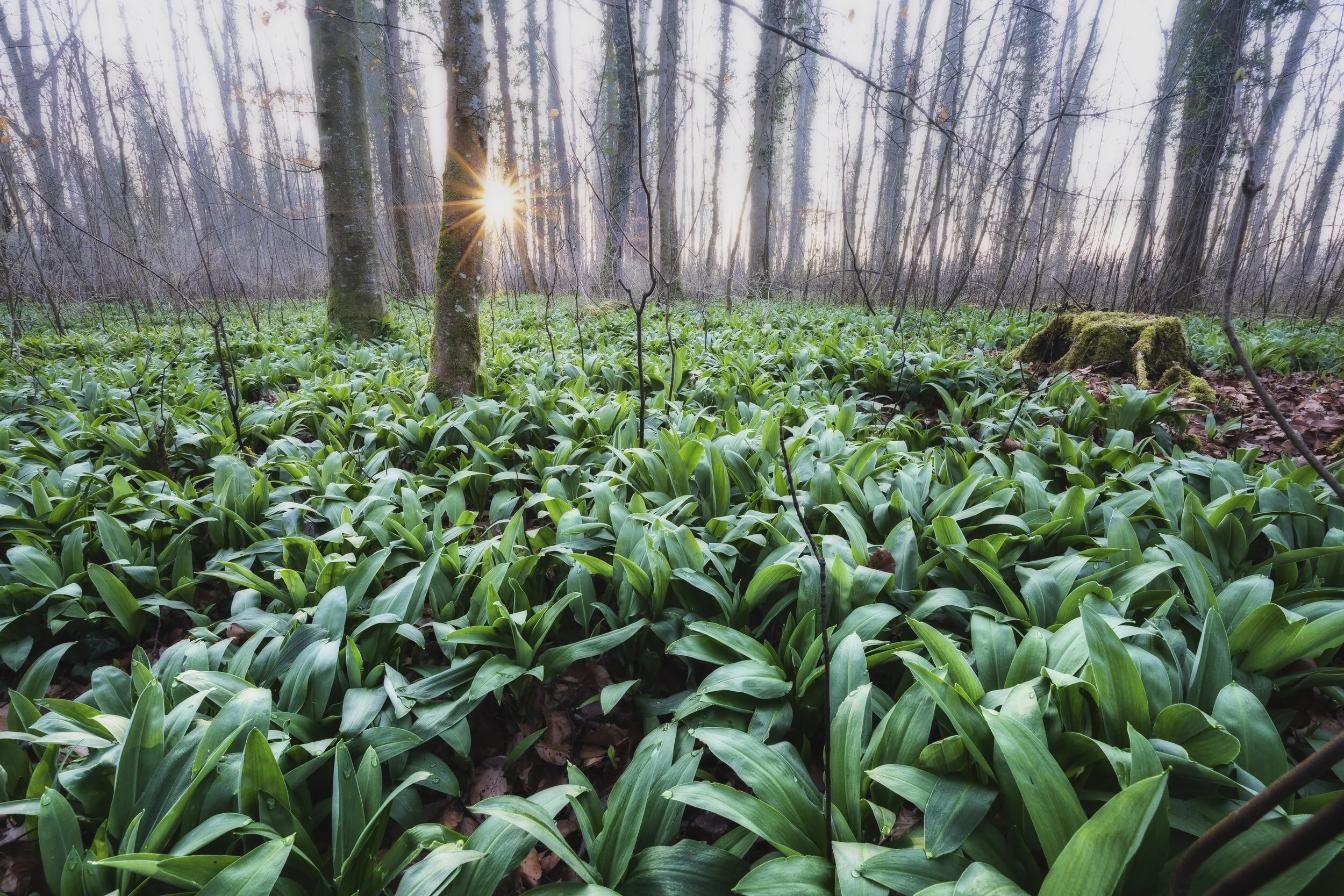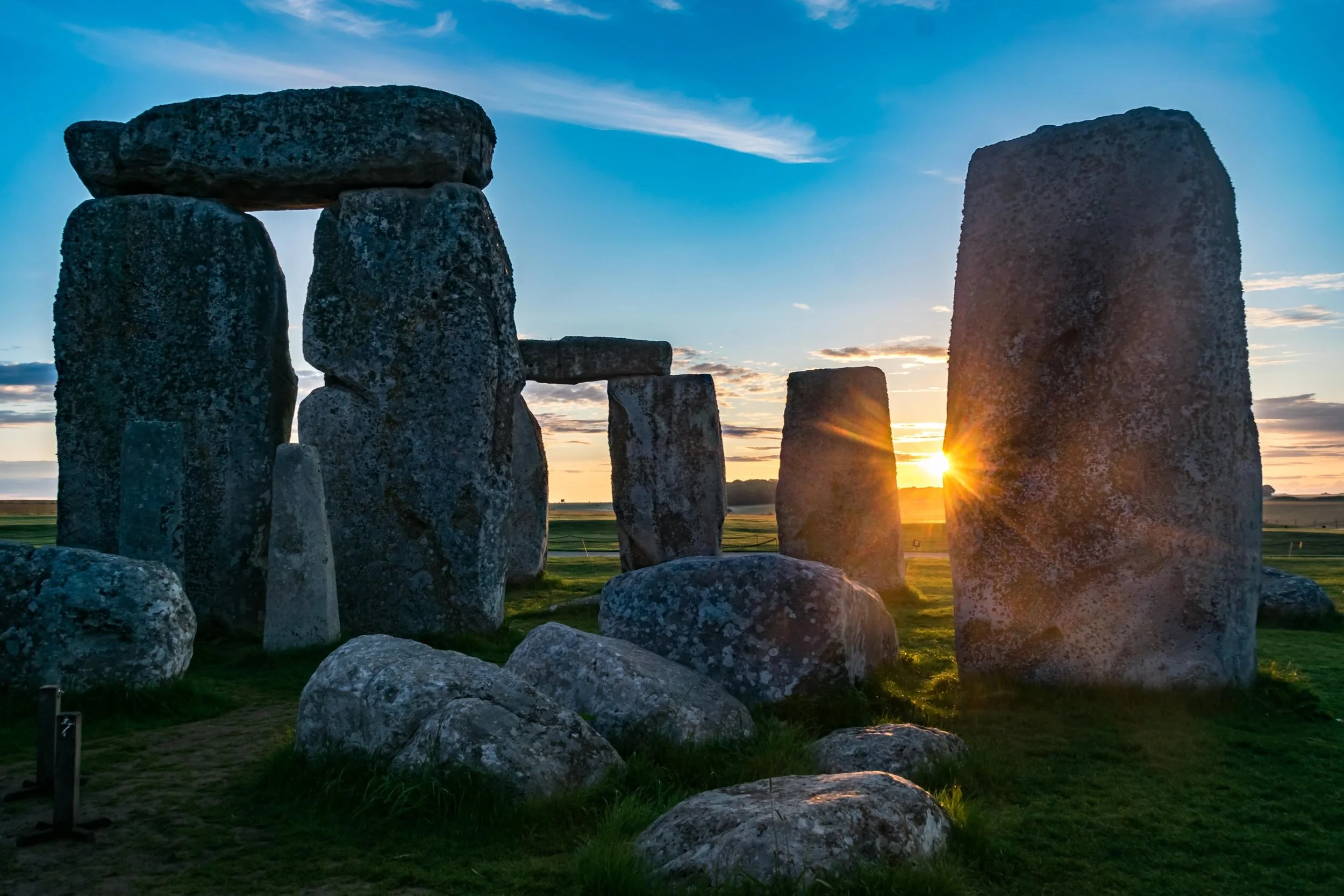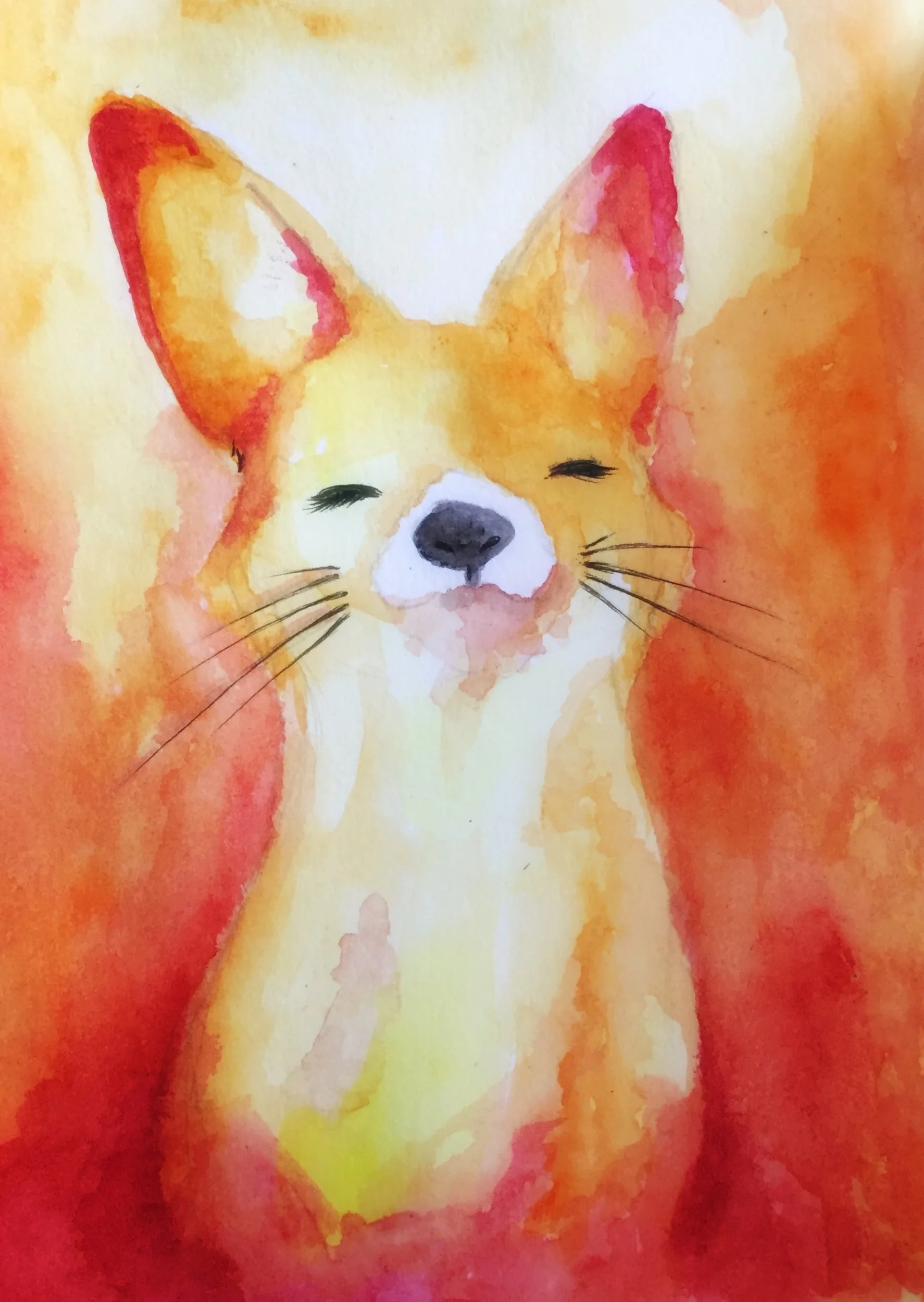Puerto de La Cruz
This essay was first published by The Rail, read the original post here.
Bleary eyed from lack of sleep and still not quite believing I was actually traveling internationally again after such a prolonged lockdown, the first glimpses of La Gomera, the second-smallest of the main islands came into view out of my window. With puffy clouds covering the hills, it looked on first glance like the island was covered in snow. Ferries bustling between islands left large V-shaped wakes while smaller boats bobbed in the sea. I thought I must be hallucinating the pod of dolphins or whales breaching near the Tenerife shore.
Nestled on Tenerife’s northern shore with views of Mt. Tiede visible on the days that the Sea of Clouds isn’t covering the north coast with a dreary, overcast grey, Puerto de la Cruz started out at a port city in the 16th century, becoming more important when a volcano wiped out Garachico in 1706. Exporting sugar until the American colonies started producing it cheaper, it’s economy turned to wine grown in terraces along the steep coast, some of which are still actively producing today. More common, however are the acres of banana trees, some growing out in fields and others sheltered in huge canvas or plastic shelters.
I, strangely, didn’t have the opportunity to eat a single banana in my week on the island, although I did bring home a bottle of sickly sticky-sweet and neon-yellow banana liqueur. In a bottle shaped to imitate a hanging bunch of the fruit and bottled on Las Palmas to the east of Tenerife, it was only around 20 percent alcohol and easy (perhaps a bit too easy) to sip neat.
I was excited to explore the plazas, see what the locals were up to on the Saturday night of our arrival. I was sorely disappointed to find that everything was empty and almost no one was milling about. Walking down the Agatha Christie steps I passed the commemorative bust celebrating her stay on the island in 1927 and her novel set here, The Mysterious Mr. Quinn. There is no mention of her cheating husband, impending divorce or the death of her mother on which her 11-day disappearance and subsequent move to the Canaries with her 12-year-old daughter was predicated.
I have only read one Agatha Christie book, And Then There Was None, as part of a high school English class. Mysteries aren’t my genre, but the fact that Brits have been coming to Tenerife to holiday for so many years certainly piqued my interest. Mostly filled with mid-rise hotels, guest houses and villas, it’s not so difficult to imagine why no one was out and about on a Saturday night, it seems as though no one from Tenerife actually lived in Puerto de la Cruz. I imagine the property values so close to the coast are artificially inflated leaving locals to the hills so steep it’s hard to imagine walking or driving every day to a home literally hanging off the side of Spain’s tallest mountain.
Leave it to my British partner, Craig, to find the best pub in town: the Gramophone didn’t disappoint. Stocking bottles from all over the Canaries, Spain and beyond, plus having an excellent sour and IPAs on draft, it was our favorite pub and we visited it thrice over the course of the week. Walking down from the hotel should have been easy, but as there was no direct route from the hotel to sea level, we got our workout traipsing down twisting steep roads or hundreds or steps on the pedestrian route into the center of town.
The bar was run by a knowledgeable woman with good command of English and tons of knowledge about the beers in stock. She apologized for the handwritten menus being out of date due to COVID and the reduction in visitors and thus in customers. I tried a delicious sour and a local beer called Mil Caras (a thousand faces) by the only microbrewery on the island, Tierra de Perros (land of dogs.) The brewery took its name from the Canary Islands’ etymology itself. When the Romans first arrived to the Canaries they called them Insula Canaria, Island of the Dogs.
There are two schools of thoughts on which canaria the Romans saw. One says that the dogs were seals, literally translated as “sea dogs” and the other is that there were, in fact, packs of wild dogs on the islands when they arrived. Today, hunting with dogs is a popular, if controversial, pastime. Between August and December on Thursdays and Sundays bands of men with trucks full of hunting dogs go out into the parks looking for rabbits and birds.
Craig and I saw no fewer than a dozen trucks each crammed with dogs in metal cages on the gravel access road we walked on our way to the extinct Fasnia Volcano. At first I thought they were goats destined for market as I couldn’t wrap my head around why anyone would need so many dogs in the back of a pickup. The main hunting dog is Podenco Canario, a skinny dingo-esque looking breed, often with a golden-red coat and big pointy ears. It is thought that they originated in North Africa and came over with the Guanches, the island’s first human settlers, as man’s best friend. I’ll take the cardamom and citrus brew over the pack of hunting dogs any day.
Puerto de la Cruz is flanked by beaches. While the southern part of the island has imported white-sand beaches from the Western Sahara, those on the north coast are still naturally black. The sand is very fine like flour and sticks to everything. It’s very hot in the sun and very rugged and wild to look at. It’s hard to wash off or brush off and due to it’s high iron content, the sparkly grains are magnetic. When I set my backpack down, a clump of sand jumped onto the magnet attached to my Camel Pack.
Playa de Martianez is so rocky it’s tough to get into the water barefoot. More appealing to surfers than sunbathers, it’s also the landing point for the tandem paragliders who swoop and soar over the ocean. Only a bit further on is Lago Marianez, a sprawling complex of sea water swimming pools, gardens and contemporary art designed by Canary Island artist Cesar Manrique. For a mere 5 euros guests can swim among the waterfalls and fountains, lounge on the beach chairs or sip beer or cocktails from one of the several bars in the complex.
We spent one of my favorite days here in and out of the pools, lounging on matching Tenerife towels we bought from a hawker on the way adorned with his and hers colorful sugar skulls. While the Mexican motif isn't exactly traditional of the Island, they made for the perfect souvenir alongside a banana-man fridge magnet and a bit of black sand. Like the rest of the town, the pool decks were all but empty, the concession lines short and the salty water refreshing if a bit itchy.
A bit further on, the Play del Muelle is tucked into a protected bay and is a swimming pool in the sea complete with steps to get in and lifeguards on duty. I wished I would have brought my mask and snorkel as the fish swam by my legs in schools and crabs scuttled by on the rocks. I hadn’t even heard of Tenerife before Craig suggested it as an alternative to the increasingly COVID-filled Greek Isles. Americans tend to favor the Caribbean or Mexico for our tropical getaways, as flying across the Atlantic seems silly when a few hours away lies the Bahamas, Jamaica, and Bermuda. But now I live in Britain and Brits (alongside the Germans and mainland Spaniards) make up the majority of the Canary tourists. The Romans were first in a long line of European visitors to Tenrife and to coin a phrase, when in Rome...





